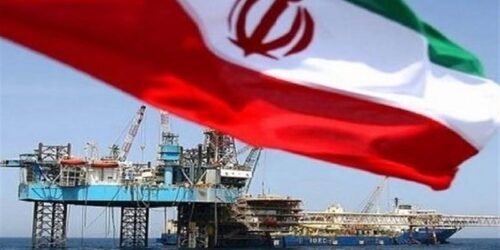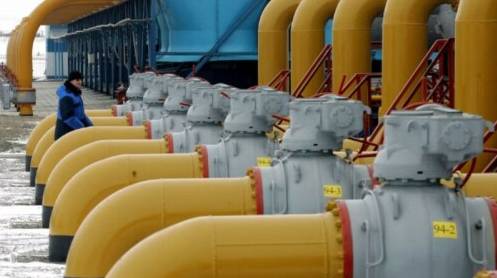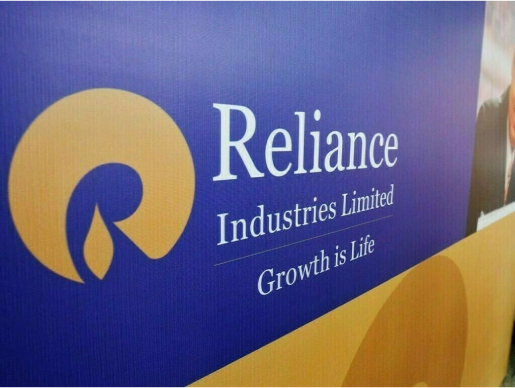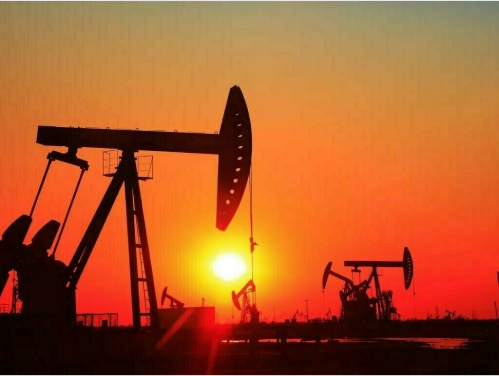ran holds some of the world’s largest proved crude oil reserves and natural gas reserves. Despite Iran’s abundant reserves, crude oil production stagnated and even declined between 2012 and 2016 as a result of nuclear-related international sanctions that targeted Iran’s oil exports and limited investment in Iran’s energy sector. At the end of 2011, in response to Iran’s nuclear activities, the United States and the European Union (EU) imposed sanctions, which took effect in mid-2012. These sanctions targeted Iran’s energy sector and impeded Iran’s ability to sell oil, resulting in a nearly 1.0 million barrel-per-day (b/d) drop in crude oil and condensate exports in 2012 compared with the previous year.[1]
After the oil sector and banking sanctions eased, as outlined in the Joint Comprehensive Plan of Action (JCPOA) in January 2016, Iran’s crude oil and condensate production and exports rose to pre-2012 levels. However, Iran’s crude oil exports and production again declined following the May 2018 announcement that the United States would withdraw from the JCPOA. The United States reinstated sanctions against purchasers of Iran’s oil in November 2018, but eight countries that are large importers of Iran’s oil received six-month exemptions. In May 2019, these waivers expired, and Iran’s crude oil and condensate exports fell below 500,000 b/d for the remainder of 2019 and most of 2020.
According to the International Monetary Fund (IMF), Iran’s oil and natural gas export revenue was $26.9 billion in FY 2015–2016, decreasing more than 50% from $55.4 billion in FY 2014–2015. The sudden drop followed continued depressed export volumes and lower crude oil prices combined, which resulted in low total export revenue. In FY 2017–2018, oil and natural gas export revenue rose to about $63.7 billion, and crude oil export volumes also rose after JCPOA was implemented.[2] Most of the export revenues came from crude oil and condensate exports because Iran exported a relatively small volume of natural gas.
Development of Iran’s natural gas resources continued and picked up pace following the JCPOA. However, production growth was slower than expected because sanctions targeting Iran’s nuclear activities between 2012 and 2016 also affected investments in natural gas development. Iran’s natural gas activities are centered on the South Pars natural gas field, located offshore in the Persian Gulf, which holds about 40% of Iran’s proved natural gas reserves.[3] Local companies in Iran are the main developers of the field.

In addition to its relatively large energy resources, Iran plays a significant role in fossil fuel transit geographically (Figure 1). The Strait of Hormuz, off the southeastern coast of Iran, is an important route for oil exports from Iran and other Persian Gulf countries. At its narrowest point, the Strait of Hormuz is 21 miles wide, yet an estimated 20.7 million b/d of crude oil and refined products flowed through it in 2018 (about one-third of all seaborne-traded oil and more than 20% of total oil consumed globally).[4] Liquefied natural gas (LNG) volumes also flow through the Strait of Hormuz. Approximately 4.1 trillion cubic feet (Tcf) of LNG moved from Qatar through the Strait of Hormuz in 2018, accounting for more than 25% of global LNG trade.
Total primary energy consumption
Despite periodic economic depression, total use of energy in Iran has grown rapidly between 2009 and 2019, increasing by about 40% over that time period.[5] To better control domestic demand growth for energy and reduce the budgetary exposure to high subsidy costs, Iran’s government implemented energy subsidy reforms, which resulted in increasing domestic prices for domestic petroleum, natural gas, and electricity between 2010 and 2014.





